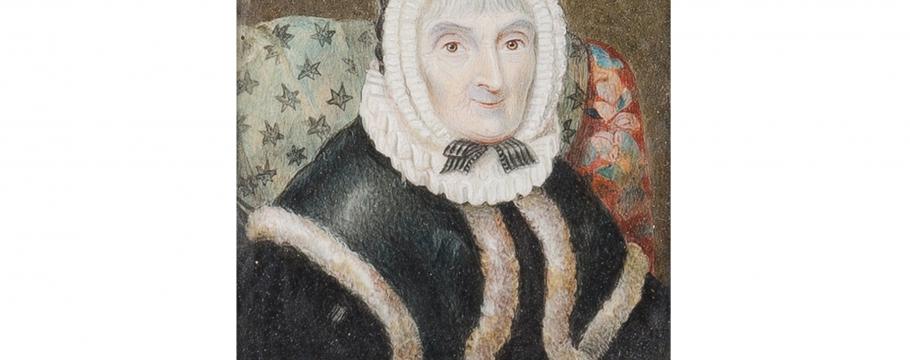
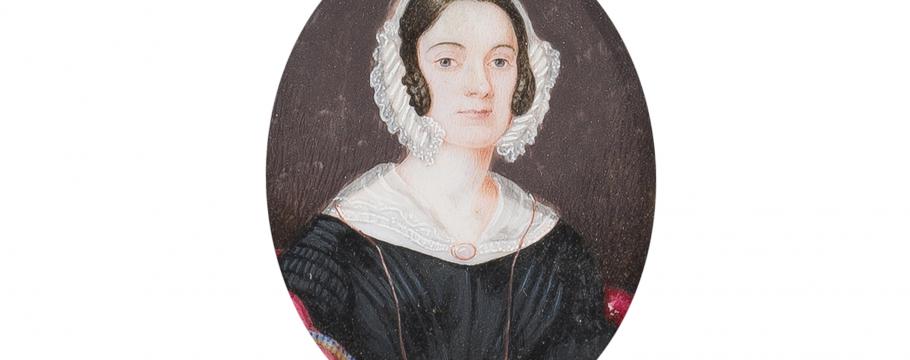
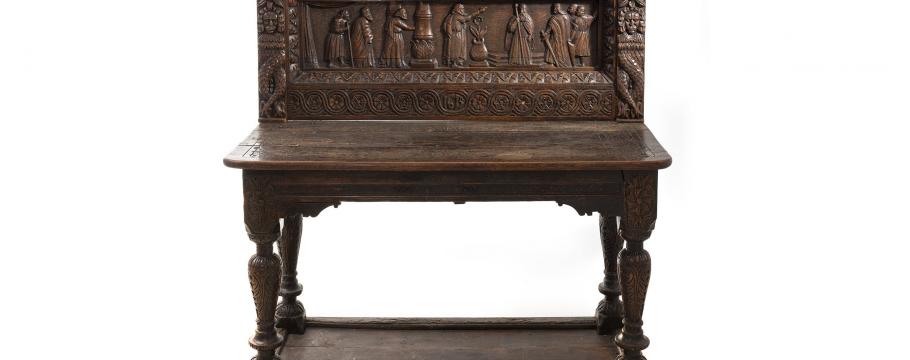
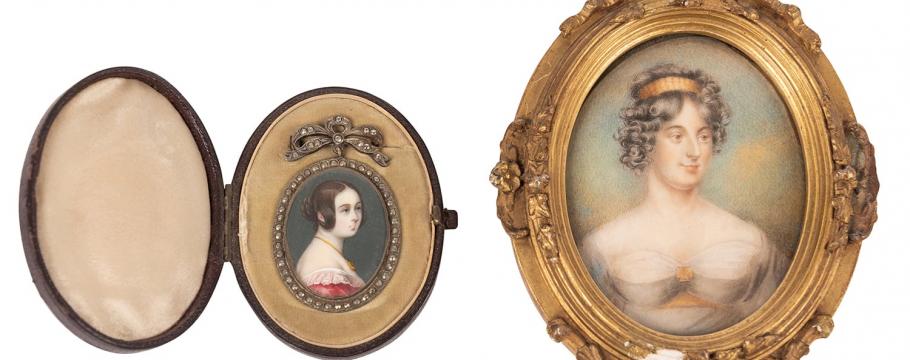
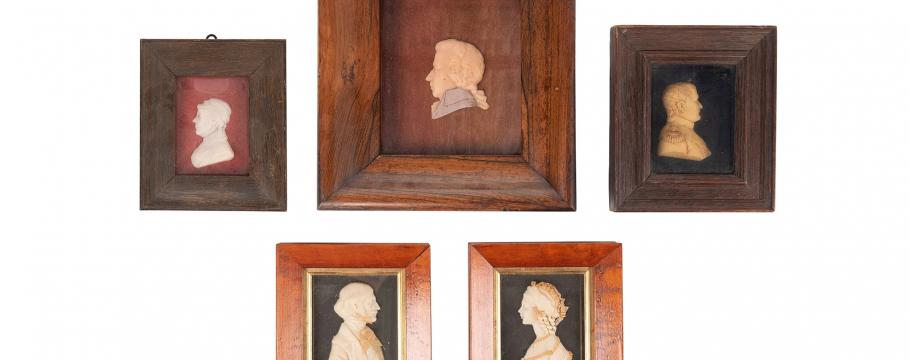
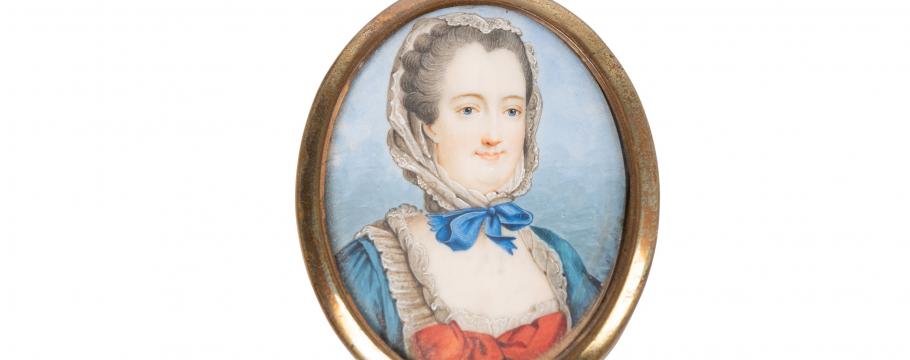
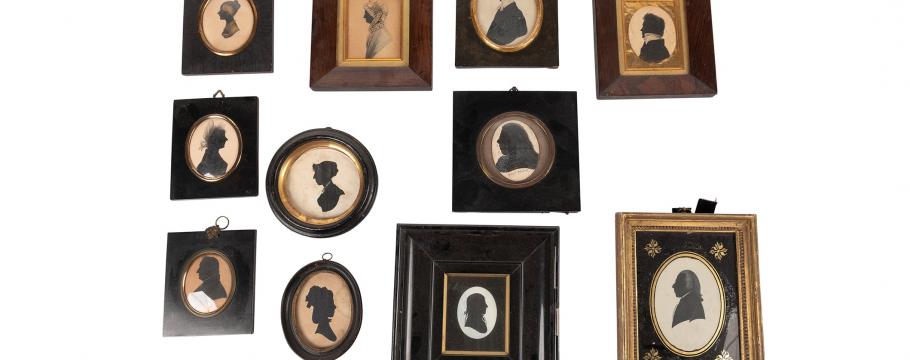
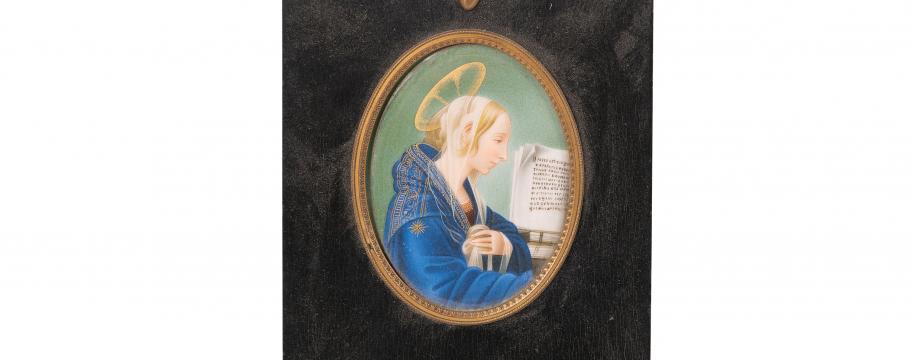
Portrait miniatures a stroll down auction memory lane
Author: Richard Brewster | Posted: 12th September, 2018
Intriguing furniture pieces, portrait miniatures and shadow and wax portraits are among some of the more impressive items at Leonard Joel’s forthcoming decorative arts auction from 6.30pm Monday September 17 at 333 Malvern Road, South Yarra.
The miniatures are part of the Neil Robertson collection, which includes many curious insights into 18th and 19th century romanticism and life in Great Britain and Europe.
Peaking in popularity in the mid-19th century, portrait miniatures became a casualty of the advancing photographic technology.
Today, they are seen as nostalgic with the unknown sitters, both male and female, conveying hope and excitement or austere and morose expressions – depending on their age.
Without provenance, signatures or markings their identities are forever lost. Many are watercolours on ivory or ivorene – but some were also painted on vellum, mother of pearl, silk or enamel on porcelain.
The finest examples feature tremendous detail and technique and are usually presented in oval or square frames and lockets, some as small as 40 by 30 millimetres.
They were often cut freehand with scissors or knives and then pasted to a contrasting background.
Wax portraits were generally produced in small quantities by using plaster moulds. By the early 18th century, Great Britain was in the grip of the industrial revolution and portrait miniatures were no longer exclusive to the elite classes.
During that period, limners and artists abounded as they offered their services to the broader population.
One of the furniture pieces Leonard Joel has uncovered for the sale is an unusual Jacobean two-tier oak standing buffet from about 1615, which bears the name Anthony Grey Magdalene on the back panel.
Grey (1557-1643) married his wife Magdalene in the late 16th century. A reverend from a wealthy baronial family, by 1639 he succeeded his father as the Earl of Kent.
The scene on the buffet’s back panel is either political or historical and features knights and a prominent flower in a central position.
The Grey family held the Earl of Kent title from 1420 to 1740 and rose to prominence during the War of the Roses (1455-1487) – a series of civil wars fought over the English throne between supporters of the Houses of Lancaster and York, both branches of the Plantagenet royal house.
Lancaster was distinguished by a red rose and York by a white version. Edmund Grey started as a Lancastrian but later switched to the Yorkist side at the Battle of Northampton, which further secured his family’s success as he became Lord Treasurer in 1463-5 and a year later the Earl of Kent.





